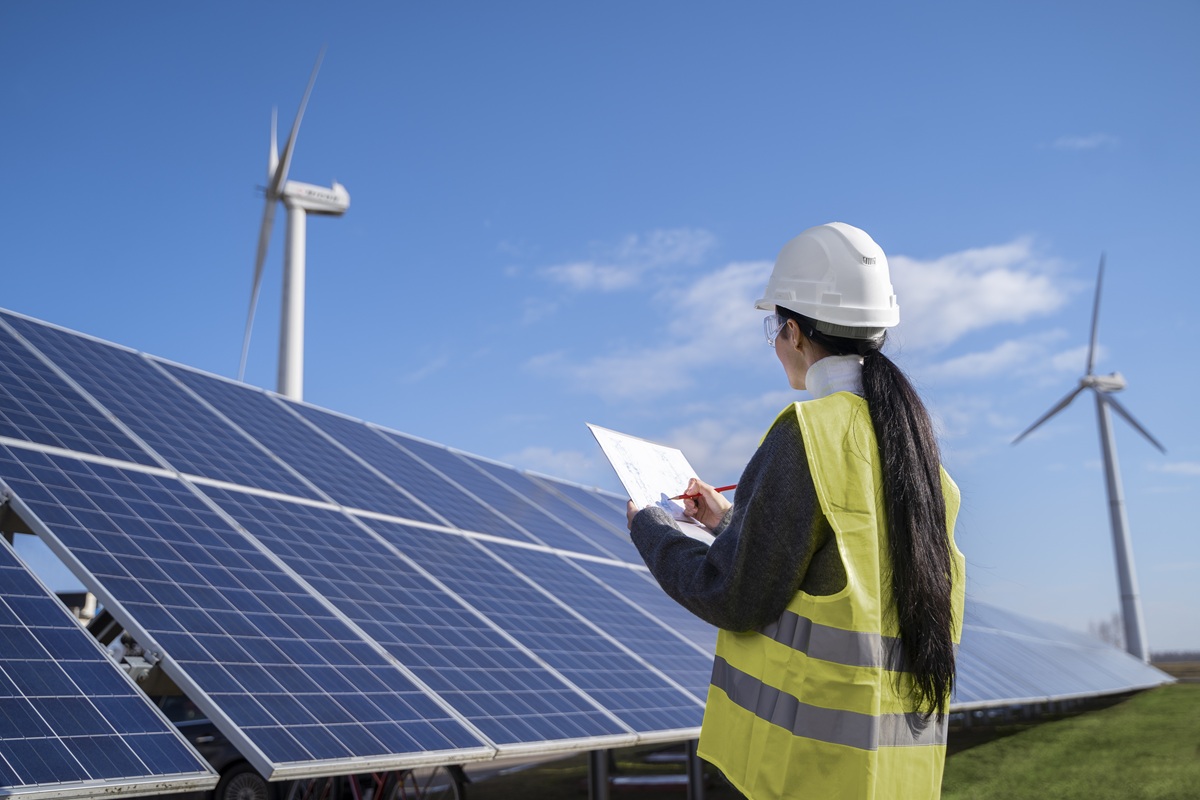
In May 2025, RE100 announced that China’s Green Electricity Certificate (GEC) aligns with international standards. This article analyses the implications and outlook for the GEC.
Background
Early international skepticism and barrier
In 2020, RE100 issued a technical assessment report, requiring China’s GECs to additionally prove environmental attributes and resolve the issue of double counting with reference to offshore wind power stations being able to issue carbon credits. Consequently, the GEC was not recognised in major markets, forcing MNCs with operations in China to purchase European and US Renewable Energy Certificates (RECs) and Chinese enterprises to spend hundreds of millions on certification costs every year.
Five-year plan and institutional innovation
China has enhanced the GEC system by implementing measures that boost GEC traceability and security. These measures include: extending its scope to include all renewable energy projects; establishing the GEC as the sole legal instrument to recognise the production and consumption of renewable energy in China; and developing the GEC as a close-loop system from issuance to retirement. In addition, China’s National Energy Administration (NEA) and the European Union (EU) reached a consensus confirming that the design concepts and institutional rules of China’s GEC and the European GO are highly consistent and have a basis for mutual recognition.
Current Developments
RE100 unconditional recognition
In May 2025, RE100 announced that China’s GECs are aligned with international standards, making it clear that no additional declaration is required for enterprises to use them. This breakthrough directly embeds the GEC into the global supply chain management standard – the new RE100 rules require companies to verify local Energy Attribute Certificates (EACs) in countries that have established such certification systems. As China’s official EAC, the GEC has become a mandatory option for multinational companies to decarbonise their supply chains.
Direct adoption by RE100 member companies
RE100 has more than 280 members of the world’s leading enterprises, including Apple, Microsoft, BMW, etc., and its supply chain covers more than 60% of the world’s cross-border procurement needs. After international alignment, these enterprises and their supply chains will start to prioritise the procurement of Chinese GECs, which will directly drive demand growth. For example, Japan Tobacco Group purchased GECs through Qikun Technology to achieve 100% of its green electricity consumption in China; AstraZeneca’s Wuxi plant also purchased GECs, reducing carbon emissions by 21,000 tonnes per year.
Substantial progress in mutual recognition between China and the EU
According to the technical exchanges between the NEA and the EU, the China-EU Green Certificate is highly compatible with core mechanisms such as unit tracking and environmental attribute definition, with negotiations launched on the Mutual Recognition Roadmap.
Impact
Market size and srices
The increase in recognition is directly reflected in market data: as of March 2025, a total of 5.617 billion GECs have been issued and 3.835 billion tradable GECs have been issued across the country, a significant year-on-year increase of 110%. In the first quarter of 2025, the price of centralised GECs rose from RMB2.49 yuan to RMB5.20 and the price of distributed GECs increased from RMB2.24 to RMB4.87, indicating increased international demand.
Enhancing the competitiveness of enterprises
Through the procurement of GECs, China’s foreign trade enterprises can directly increase the “green content” of export products. For example, Shenzhen Zhenghe Zhongxin Company has successfully obtained orders from high-end customers in the EU by reducing the carbon footprint of its export products by 30% through GECs. In 2024, 30% of foreign trade enterprises in Dongguan will obtain an increase in international orders due to the purchase of GECs, and the export profit margin of some enterprises will increase by 2-5 percentage points.
The energy transition is accelerating
The internationalisation of GECs has led to a boom in renewable energy investment. In the first quarter of 2025, 76.75 million kilowatts of new renewable energy capacity will be installed in China, of which wind power and photovoltaic power will account for more than 90%, and the total installed capacity will historically exceed that of thermal power. For example, CGNPC’s Huizhou offshore wind power project has increased its annual revenue by more than 120 million yuan through GEC trading, accelerating the project investment payback cycle.
Challenges
Differences in international standards and bottlenecks in mutual recognition
Although RE100 recognises the GEC, the EU CBAM still requires companies to provide proof of carbon footprint that meets its standards, and the accounting methods for Chinese GECs need to be further aligned with international standards. In addition, some multinational enterprises still require the use of international renewable energy certificates (such as I-RECs), reflecting that the mutual recognition mechanism has not yet been fully opened.
Data transparency and retirement mechanisms
Some international organisations still have doubts about the traceability of GECs. For example, RE100 has questioned that the GEC does not have an aggregation mechanism for environmental attributes, which needs to be supplemented by the purchase of carbon offset rights. At present, China has introduced blockchain technology to enhance the traceability of the GEC, and piloted the cancellation mechanism, which is expected to be rolled out nationwide by the end of 2025.
Outlook
The alignment of the GEC with international standards is a landmark achievement of China’s energy revolution. The substantial progress of China-EU certification mutual recognition, and the large-scale procurement of multinational enterprises have validated the credibility of the GEC. Although it still faces challenges such as differences in standards and bottlenecks in mutual recognition, through institutional innovation, technological empowerment and international cooperation, China’s GEC is gradually being integrated into the global supply chain, providing another solution for building a fair and efficient global climate governance system.

